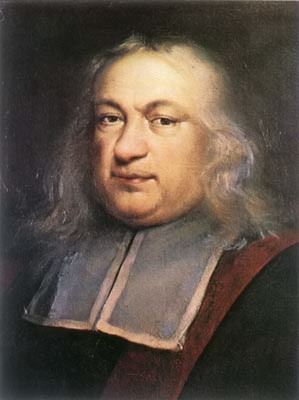Professor solves 300-year-old math mystery, wins $700,000

An Oxford professor is now $700,000 richer for solving a 300-year-old math mystery, the Telegraph reports. In 1994, Andrew Wiles, 62, cracked Fermat's Last Theorem, which was put forth by 17th-century mathematician Pierre de Fermat.
Wiles will be traveling to Oslo, Norway, in May to collect the 2016 Abel Prize (including the honors and the cash) for his proof, which the Norwegian Academy of Science and Letters calls an "epochal moment" in the mathematics field.
"Wiles is one of very few mathematicians—if not the only one—whose proof of a theorem has made international headline news," the academy said in an announcement of his numerical feat.
The puzzle had haunted Wiles for years. Times Higher Education notes he had been intrigued by it since he was a boy, leading to seven years of intense study at Princeton before he stumbled upon his eureka moment.
He found the proof he was looking for using a method involving three disparate fields that mean nothing to the layman but everything to braniacs trying to solve this problem: modular forms, elliptical curves, and Galois representations.
"Fermat's equation was my passion from an early age, and solving it gave me an overwhelming sense of fulfillment," he tells the Telegraph. (For the record, the theorem states that there are no whole number solutions to the equation xn + yn= zn when n is greater than 2.) Wiles says he hopes his work will serve as inspiration for up-and-coming numbers aces "to take up mathematics and to work on the many challenges of this beautiful and fascinating subject." (Prime numbers just got a little weirder.)

| 




